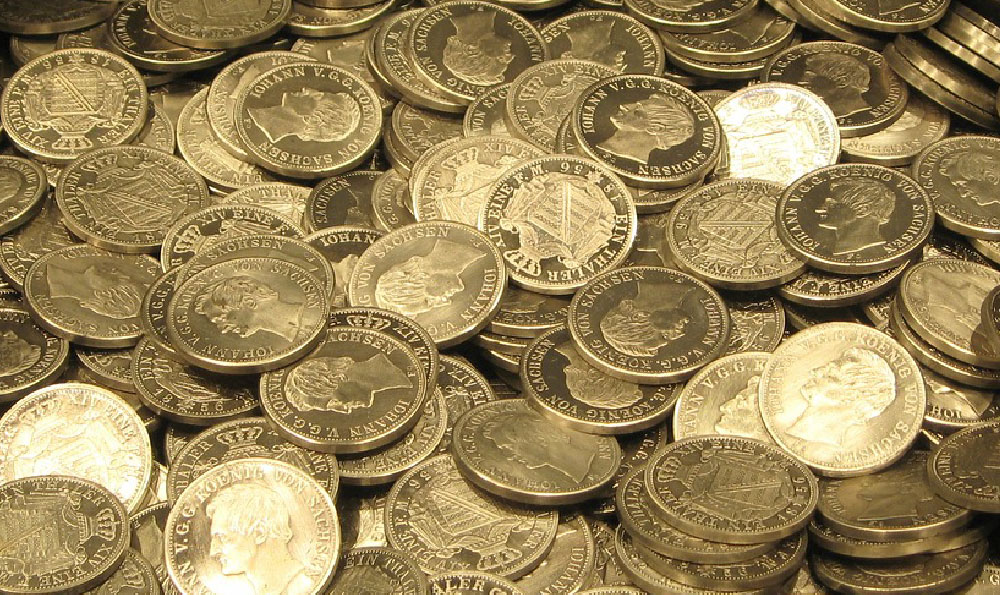How did the Medici family accumulate wealth, and what impact did their methods have?
The Medici family, synonymous with Renaissance Florence, did not simply inherit their vast wealth; they cultivated it through a shrewd combination of banking innovation, strategic political maneuvering, and savvy investments, leaving an indelible mark on the development of modern financial practices and the very fabric of European society. Their accumulation of wealth was a complex and multifaceted process, and its impact reverberates through history.
The foundation of the Medici fortune was Giovanni di Bicci de' Medici's astute management of the Medici Bank. Unlike the riskier, loan-based banking common at the time, Giovanni focused on facilitating international trade. He established branches in key commercial centers like Rome, Venice, Geneva, Lyon, and London. This network allowed the Medici Bank to efficiently handle transactions for merchants, religious institutions, and even royalty. A key innovation was the development of the bill of exchange, a precursor to modern checks, which allowed merchants to transfer funds across borders without physically transporting large sums of cash, dramatically reducing risk and facilitating trade. Moreover, the Medici Bank adopted double-entry bookkeeping, a revolutionary accounting system that provided a clearer and more accurate picture of the bank's financial health, enabling better decision-making and risk management. Giovanni's cautious and pragmatic approach ensured the bank's stability and gradual, but consistent, growth. He prioritized liquidity and avoided overly speculative ventures, building a solid financial base that would serve the family for generations.
The strategic alliance with the papacy proved invaluable. Giovanni secured the lucrative position of papal banker, managing the finances of the Holy See. This provided a steady stream of revenue and access to influential figures across Europe. Handling papal finances gave the Medici Bank prestige and credibility, attracting more clients and solidifying its reputation as a trustworthy financial institution. The relationship extended beyond mere financial transactions; it was a symbiotic partnership where the Medici provided financial stability and logistical support to the papacy, while the papacy granted the Medici access to power, influence, and immense wealth. This strategic partnership also allowed the Medici to participate in and profit from the collection of papal tithes, which further enhanced their financial power.

Beyond banking, the Medici family diversified their investments. They invested heavily in land, acquiring vast estates in Tuscany that provided a reliable source of income and strengthened their political control. They also invested in industries like wool and silk manufacturing, further diversifying their economic activities and reducing their dependence on banking alone. These investments weren't purely driven by financial considerations; they were also about consolidating their social and political power within Florence. Owning land and controlling key industries gave them leverage over the city's economy and workforce, making them indispensable to the Florentine government.
Cosimo de' Medici, Giovanni's son, further cemented the family's influence through his astute political maneuvering. While officially holding no public office, Cosimo skillfully cultivated relationships with powerful Florentine families and used his wealth to influence elections and policy decisions. He understood that political power and economic power were intertwined and that control over Florence's government was essential for protecting and expanding the family's wealth. This period saw the Medici becoming the de facto rulers of Florence, although they maintained the facade of a republic. Cosimo's patronage of the arts and sciences, while contributing to the flourishing of the Renaissance, also served as a powerful tool for enhancing the family's image and legitimacy. He commissioned masterpieces from artists like Donatello and Fra Angelico, solidifying the Medici name as synonymous with beauty, culture, and progress.
Lorenzo de' Medici, Cosimo's grandson, known as "Lorenzo the Magnificent," continued this tradition of patronage and political influence. However, his reign was marked by financial difficulties, partly due to his lavish spending and risky investments. The Medici Bank began to decline under his leadership, and the family's wealth was significantly diminished. Despite these financial challenges, Lorenzo's contributions to the arts and culture were immense, and he further solidified the Medici's legacy as patrons of the Renaissance. He skillfully navigated complex political alliances and maintained Florence's independence during a turbulent period in Italian history.
The Medici methods had a profound impact. Their banking innovations, particularly the bill of exchange and double-entry bookkeeping, revolutionized financial practices and laid the groundwork for modern banking systems. Their patronage of the arts and sciences fueled the Renaissance, transforming Florence into a center of intellectual and artistic innovation and leaving an unparalleled cultural legacy. However, their accumulation of wealth also had negative consequences. Their control over Florence's government led to accusations of corruption and tyranny, and their manipulation of elections and policy decisions often benefited the Medici family at the expense of the Florentine people. The concentration of wealth in the hands of a few powerful families, including the Medici, exacerbated social inequalities and contributed to political instability.
The Medici story is a complex and fascinating one. They were not simply wealthy bankers; they were astute political players, visionary patrons of the arts, and innovators who shaped the course of history. Their accumulation of wealth was a product of shrewd business practices, strategic alliances, and a deep understanding of the interplay between economic, political, and cultural power. Their methods had both positive and negative impacts, but their legacy as one of the most influential families in European history is undeniable. They demonstrated the power of finance to shape societies, influence politics, and inspire artistic creation, leaving a lasting imprint on the world we live in today.














